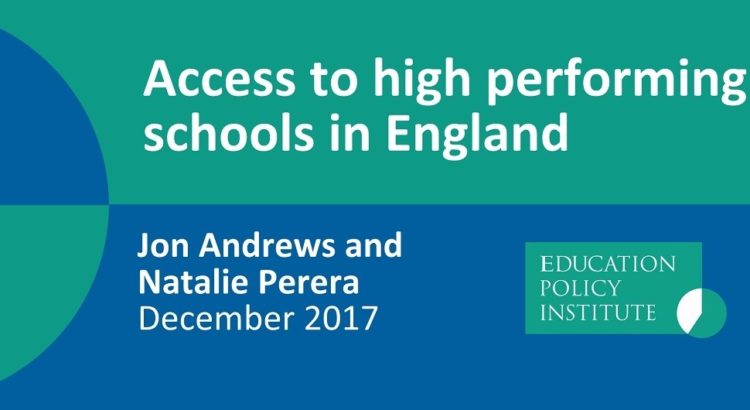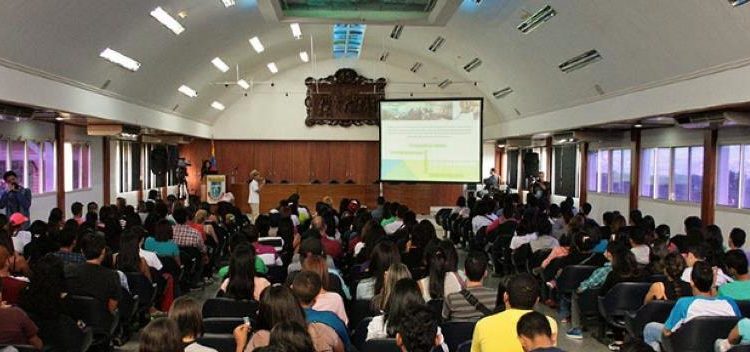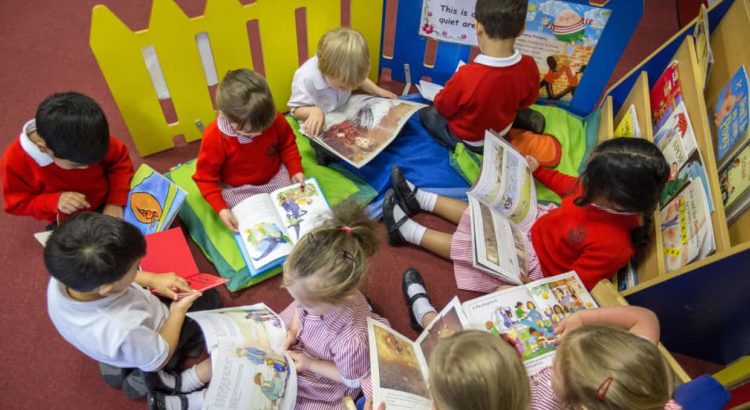While Lancaster County is building new schools, school districts in other areas of the state face leaking roofs, mold and the inability to provide technology for students.
It’s a comparison Jonathan Phipps, superintendent of the Lancaster County School District, can’t help but see. Phipps, who worked in Lancaster schools for 19 years, came back to Lancaster this year after three years leading Abbeville County School District.
In Abbeville, a rural county with a population of about 25,000, Phipps said he saw leaking roofs on high school buildings older than 60 years. He said the district often has to test for mold and has gyms with no heat or air conditioning and warped floors. Phipps said the district also doesn’t have resources to introduce students to technology or offer programs beyond the basics.
“If I had never gone to Abbeville for three years as a superintendent, I probably wouldn’t have understood the difference,” he said. “It’s disheartening to know where a child lives determines what type of education they are going to receive.”
Court decision
In November, the S.C. Supreme Court closed a 24-year-old case involving a lawsuit filed by more than 30 poor, rural school districts from across the state, including Abbeville County, which has about 3,000 students. The districts sued the state in 1993, arguing they did not have the money or resources to provide children with a quality education.
A 2014 ruling found the state was not providing all children with a “minimally adequate” education. With that decision, the Supreme Court began overseeing legislative efforts to develop policy.
The court defined “minimally adequate” as having adequate and safe facilities where students learn to read, write and speak English, receive education in math, physical science, economic and political systems and vocational skills.
The state formed the Education Policy Review and Reform Task Force, chaired by House Speaker Jay Lucas. The task force included representatives of the plaintiff districts, legislatures and business and education leaders. Phipps provided a testimony.
The task force’s 2015 finding led to passing six bills related to improving education in poorer districts, according to the S.C. House of Representatives.
The state also established additional funding to address retention and recruitment of teachers in rural districts, bus driver shortages, technology upgrades for plaintiff school districts and assess facilities in schools statewide. The state included in its 2017-18 appropriations $55.8 million for capital improvements in districts with poverty rates of 80 percent or higher.
“We’ve done a lot of appropriation work to make sure school districts have what they need,” said Caroline Delleney, spokesperson for the office of the speaker of the House.
The recent decision ends the court’s role as a supervisor over efforts to improve education that stem from the case, said Ryan Brown, spokesperson for the S.C. Department of Education. Brown said some school district leaders hoped the court would continue to oversee efforts by the General Assembly and hold them to a deadline to improve schools.
“The General Assembly has shown they are making an effort, and I think that will continue,” Brown said. “While ‘minimally adequate’ may be the language in the law, I believe everyone in the state, the legislature, our agency and districts are aiming well beyond that.”
Lucas wrote in a prepared statement: “The Supreme Court’s recent decision to dismiss the House from this case does not change our members’ commitment to our state’s children and teachers. Although more legislative initiatives and updated funding formulas are part of the House’s plan for continued improvement, the General Assembly can now focus solely on our children’s education needs rather than compliance with the arbitrary standard set forth in the Abbeville lawsuit.”
More needed?
Phipps said he does not believe enough has been done to address problems in poorer districts like Abbeville. He said even though Abbeville students perform well in academics and had a higher graduation rate than the 2016 state average, the district lacks proper facilities, does not have funding for programs and cannot offer an equal exposure to technology for students.
“They are doing so much with so little,” Phipps said. “I fell in love with Abbeville. The people there were incredible. They are such a proud group in their community, but the schools were absolutely pitiful with their facilities.”
Phipps said seeing those conditions offers perspective about what can happen in districts with a larger tax base like Lancaster County, where residents approved $199 million to build new schools and support technology upgrades.
“I’m so excited folks here are so supportive of public education, but I look at that and kind of have this sick feeling, knowing the folks I left last year don’t have anything close to this,” Phipps said.
Abbeville, and many other rural, poor districts, struggle to meet state mandates, such as online testing, Phipps said. He said it took Abbeville weeks to test students online using limited resources.
“State legislatures and the Department of Education are notorious for passing laws that I refer to as ‘unfunded mandates,’” he said. “You see the frustration in the districts like Abbeville.”
Phipps said the state put money into evaluating how ready districts were to provide testing online for all students.
“The money the state has spent, in my opinion, was more of an evaluation tool to see if the districts really were in need instead of actually helping the districts,” he said.
Statewide differences
Phipps said the money set aside for facility maintenance and other needs does not go far and more needs to be done to ensure funding is equal across school districts.
“So much of our funding and the way we operate is different from different areas of the state,” he said. “In a perfect world, the funding would be the same. Statewide, our funding is not where it should be.”
At $2,425 per student, South Carolina is not fully funding the base student cost under state law, something that affects every school district. The fully funded base student cost is $2,984 per student.
The state education department has included $278 million in its 2016-17 and 2017-18 appropriations to increase funding for the base student cost to $2,425 per student.
Phipps said it is going to take educators speaking up to make a difference.
“The mindset of teachers is, we put our kids first and do whatever we can to make them successful. That’s not exactly what our legislatures do,” Phipps said. “I have yet to hear anybody make the argument that the funding is adequate.”
Amanda Harris: 803-329-4082
Indian Land High School freshman Zoiah Aikens, 14, left, and sophomore Imoni Gordon, 15, right, complete an assignment using computers. Lancaster County School District Superintendent Jonathan Phipps said technology is not a given for rural districts like Abbeville, which he led for three years. Amanda Harris aharris@heraldonline.com
Source:
http://www.heraldonline.com/news/local/education/article193342464.html

















 Users Today : 4
Users Today : 4 Total Users : 35460387
Total Users : 35460387 Views Today : 6
Views Today : 6 Total views : 3419169
Total views : 3419169